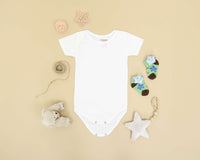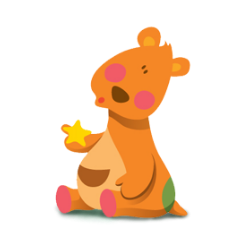Child car seats: what you need to know
To travel in your car, your child needs either a rear-facing child car seat, forward-facing child car seat, booster seat or adult seatbelt.
The child car seat must:
- be appropriate for your child’s size
- be correctly installed in your car
- be properly fastened and adjusted to fit your child
- meet Australian/New Zealand Standard AS/NZS 1754.
Child car seats in Australia: the law
The minimum legal requirements for using child car seats in Australia are based on age:
- Children under six months must use a rear-facing child car seat with an inbuilt harness.
- Children aged six months up to four years must use a rear-facing or forward-facing child car seat with an inbuilt harness.
- Children aged four years up to seven years must use a forward-facing child car seat with an inbuilt harness or a booster seat with an adult lap-sash seatbelt or child safety harness.
- Children aged seven years and older must use a booster seat with an adult lap-sash seatbelt or child safety harness, or a standard seat with an adult seatbelt.
It’s always safest to keep your child in the car seat that’s most appropriate for your child’s size, regardless of age. Therefore, the law also allows for the following:
- Children who are too small for the car seat that’s specified for their age group can stay in their current seat until they grow into the seat for the next age group.
- Children who are too big for the child car seat that’s specified for their age can move to the seat specified for the next age group.
The shoulder height markers on car seats show when your child is big enough to start using a particular car seat, when you can convert the seat to the next use, and when your child is too big for the seat. If you want advice about moving your child into a different car seat, it’s a good idea to ask your child and family health nurse or another professional.













